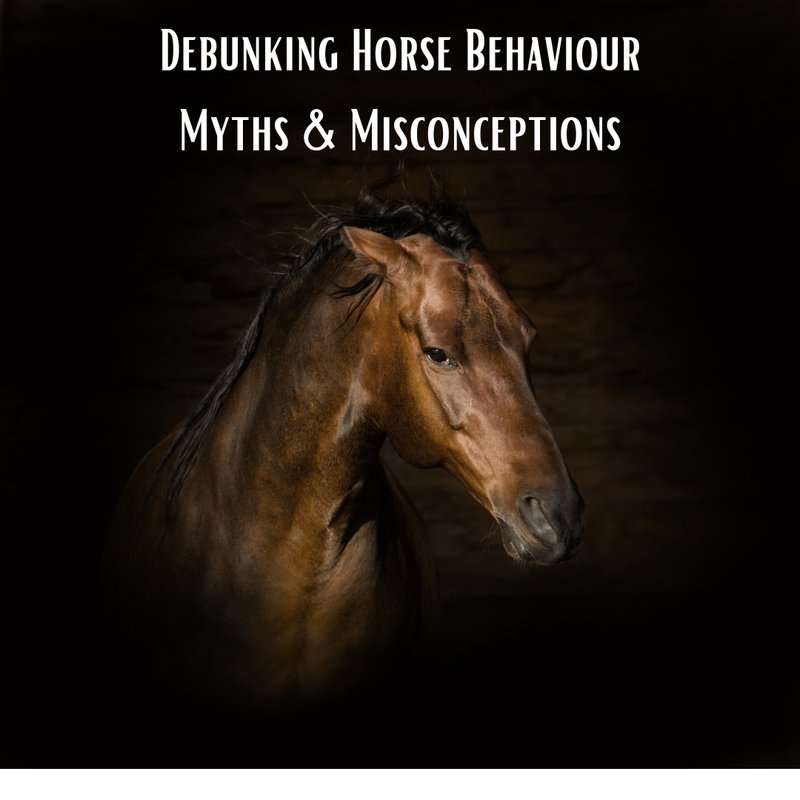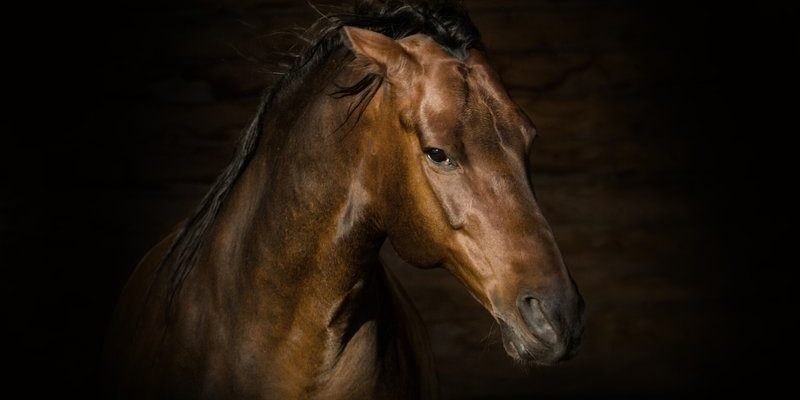
Imagine sitting at a café, sipping your favorite drink, and chatting about the things we often get wrong about horses. You might be thinking about the popular belief that horses can only see in black and white or that they’re always calm and gentle. In reality, these elegant animals hold a wealth of fascinating characteristics and behaviors, often misunderstood by those who haven’t spent time around them. So, let’s dive into some common myths and discover the truth behind them.
Myth 1: Horses Can Only See in Black and White
You might have heard that horses don’t see color, which is a common myth that’s been around for ages. In truth, horses can see a range of colors! Their vision is somewhat similar to humans who are red-green colorblind. This means they can see blues, yellows, and some greens, but reds may appear grayish to them.
Why is this important? Well, understanding a horse’s color perception can help in training and handling them. If you’re using colored obstacles or items around horses, keeping their color vision in mind can provide a more positive experience. For example, a bright blue tarp might be exciting and appealing to them, while a red object could seem more ominous.
So, when considering how horses perceive their environment, remember that they do see colors, just not quite the way we do.
Myth 2: Horses Always Sleep Standing Up
You might picture a horse napping quietly, standing tall with its legs locked. While horses do have a unique ability to rest while standing, they actually sleep lying down too! When they’re in a deep sleep, particularly during REM (Rapid Eye Movement) sleep, horses need to lie down.
However, they can only stay in a lying position for a short time due to their large size and weight. The reason they often prefer standing is tied to their survival instinct. In the wild, being able to wake up quickly and run from predators is crucial. So, it’s common to see horses doze while standing, but they stock up on deep sleep when they feel safe.
You might find it interesting that horses typically need a mix of both standing and lying down sleep to feel fully rested.
Myth 3: Horses Are Always Calm and Gentle
It’s easy to think of horses as gentle giants, but they can actually have a range of temperaments, just like people. Each horse has its own personality influenced by genetics, experience, and training. Some horses are naturally more spirited and energetic, while others might be laid back and easygoing.
If you approach a horse thinking it’s all about sweetness and serenity, you might be in for a surprise. A nervous horse can behave unpredictably, especially in stressful situations. Proper training and understanding of body language can help in handling them better.
So, when dealing with horses, always remember to assess their mood and personality first. Just like you wouldn’t treat every person the same way, you can’t expect every horse to act calm and gentle.
Myth 4: A Horse’s Age Can Be Estimated by Its Teeth
Many believe that you can tell a horse’s age just by looking at its teeth. While this can give you a ballpark idea, it’s not an exact science. Horses do have specific dental characteristics that change as they age, but other factors like diet and wear can skew those indicators.
For instance, a horse that has had high-quality care may have healthier teeth than an older horse that hasn’t. Plus, some dental issues can arise at different ages, making tooth inspection less reliable. To get a more accurate assessment, a veterinarian would be your best bet.
So, while looking at teeth can provide hints about a horse’s age, it should never be the sole factor in determining how old a horse is.
Myth 5: Horses Have a “One Horse” Mindset
It’s common to think that horses bond deeply with just one person. While it’s true that they can form strong relationships, horses are actually capable of connecting with multiple people. They’re social animals and often thrive in group settings, both with other horses and humans.
Their ability to form bonds with different individuals can vary based on their experiences and personality. Some horses may show a preference for their primary caretaker, but they can also learn to trust and bond with new people, especially if those individuals provide consistent care and positive interactions.
In fact, working with different handlers can help them become more adaptable. So, don’t be surprised if your horse seems just as friendly with a visitor as it does with you.
Myth 6: Horses Only Eat Hay and Grass
When you think of what horses eat, hay and grass likely come to mind first. But here’s the truth: horses have more diverse diets than many realize. While hay and grass make up the bulk of their nutrition, they can also benefit from grains, fruits, and vegetables.
Sure, hay provides necessary fiber, and grass is great for their digestive health. But adding some variety can enrich their diet. For instance, carrots and apples make tasty snacks, while grains provide energy, especially for working horses. Just like us, horses enjoy a little variety in their meals!
However, it’s essential to offer these treats in moderation. Too many sugary fruits or starchy grains can lead to health issues. So always consult with a veterinarian before making significant dietary changes.
Myth 7: All Horses Should Be Ridden
You might think that every horse’s destiny is to be ridden, but that simply isn’t true. Some horses are better suited for companionship, therapy, or simply enjoying life in a pasture. Factors such as age, health, and temperament all play a role in determining whether a horse should be ridden or not.
Additionally, some horses are retired from riding due to health issues or simply because they’ve earned a peaceful life after years of work. Riding should always be a choice made with the horse’s best interests in mind.
So, while many horses can be trained to ride, not every horse needs to take on that role. There’s plenty of joy to be found in just being with them, whether it’s grooming, leading, or spending quiet time together.
Understanding the Truth About Horses
It’s fascinating how many myths and misconceptions surround horses. With a little knowledge, we can appreciate these majestic creatures even more. Remember, horses are not just pets; they are complex beings with their own personalities and needs.
Next time you’re around horses, think about the truths you’ve discovered here. Whether you’re a seasoned equestrian or just starting your journey, always approach horses with respect and an open mind. By shedding light on these common myths, we can help foster a deeper understanding of these wonderful animals and enrich our interactions with them. Each horse tells its own story—let’s make sure we’re listening!

